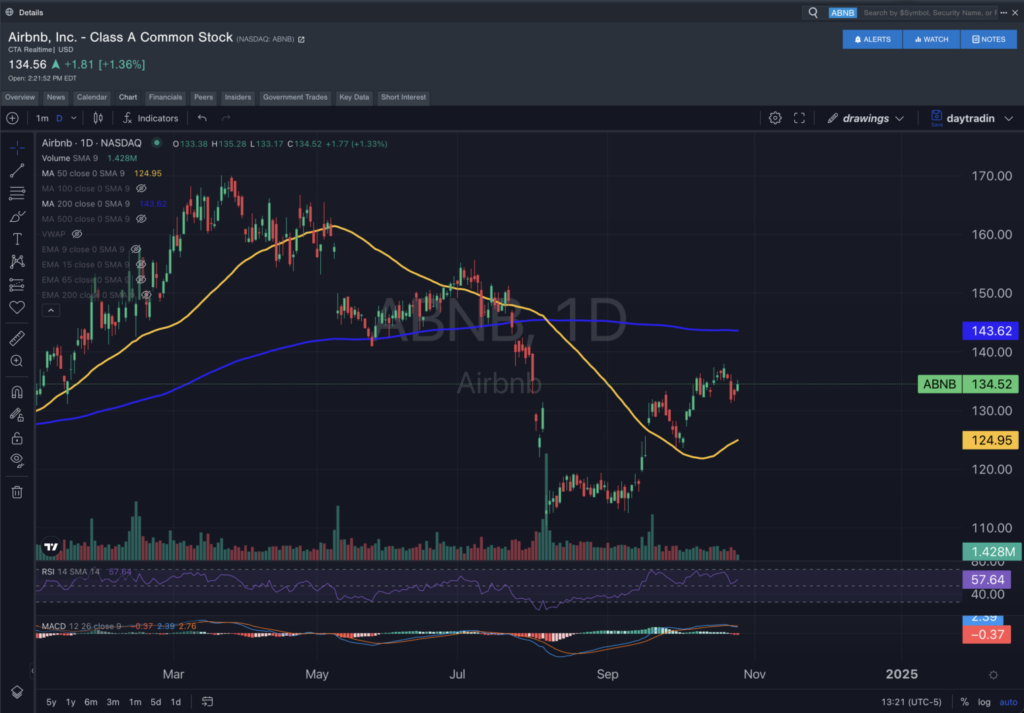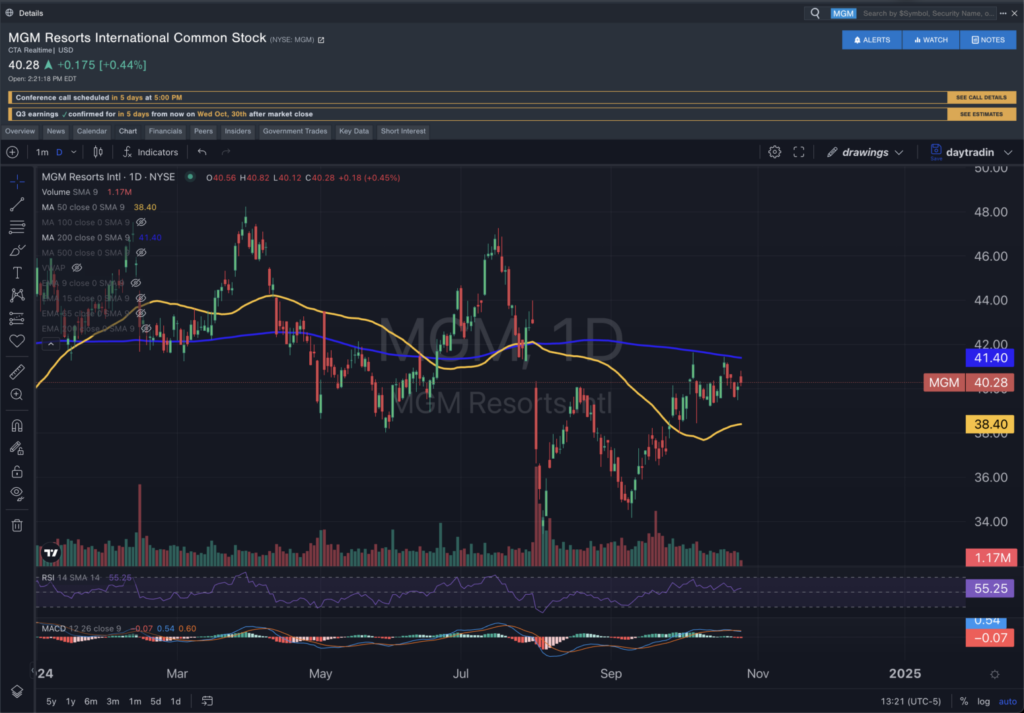Zinger Key Points
- 200-day moving average is a popular trend indicator for traders. Even legendary trader Paul Tudor Jones uses it to avoid losses.
- Don't face extreme market conditions unprepared. Get the professional edge with Benzinga Pro's exclusive alerts, news advantage, and volatility tools at 60% off today.
The 200-day moving average is the king of the line-in-the-sand indicators for many old-school traders.
Legendary trader Paul Tudor Jones was interviewed by self-help guru Tony Robbins and said, “My metric for everything I look at is the 200-day moving average of closing prices. I’ve seen too many things go to zero, stocks and commodities. The whole trick in investing is: ‘How do I keep from losing everything?’ If you use the 200-day moving average rule, then you get out. You play defense, and you get out.”
According to Lawrence McDonald, the author of “When Markets Speak,” even Charlie Munger advocated the 200-day moving average as a major trend indicator. He wrote in his book, “I was sitting there in Omaha, across the table from Charlie Munger, one of the all-time greats. I’ll never forget this line. He said, ‘Larry – if all you ever did was buy high-quality stocks on the 200-week moving average, you would beat the S&P 500 by a large margin over time. The problem is, few human beings have that kind of discipline.'”
Although I was baptized early on in my investing career as a member in good standing of the Value Investing Clan and still call that home, the influence of folks like Meb Faber and Wes Gray has also led me to become a member of the Church of the Market Trinity—value, momentum, and trend.
My research has led me to the inescapable conclusion that the trend following is to trading as Graham-style deep value is to investing.
Everyone knows it works. The empirical evidence is unimpeachable.
The devotees of the practice who stick to the rules for long periods usually succeed. Everyone knows it works, and the evidence clearly proves that you could get rich using it.
But almost no one uses it to manage and grow their money.
The major trend indicator, the one that gets the most attention, is the 200-day moving average.
When a stock crosses the 200-day mark, there is a significant chance that a new long-term trend will develop, and the stock could make a major move higher.
This week, I thought it might be interesting to see which stocks had crossed the short-term trend indicators and were heading toward the 200-day moving average.
If they break above 200 days and establish a new uptrend, the stocks could make huge runs, allowing you to pocket significant gains.
Should the stock fail, the shorter-term trend indicators make for easy choices as stop-loss points.
One stock that has broken above the shorter-term trend indicators and is heading for the 200-day mark is Airbnb (ABNB).

Chart courtesy of Benzinga Pro
Airbnb is the poster child for the travel industry.
As you are probably aware, Airbnb is a revolutionary online marketplace that connects people who want to rent out their properties with travelers seeking accommodations. The service has transformed the hospitality industry by creating a sharing economy for lodging, complete with a review system that helps build trust between hosts and guests.
If more people travel, the stock will move up.
Any news of a reduction in travel brings selling pressure into the stock.
The company reduced its guidance for the third quarter back in August, and the stock got crushed.
Buyers have been slowly coming back into Airbnb, and the stock has moved above both the 20- and 50-day moving averages.
The short and intermediate trends for the stock are up.
If the stock breaks above the 200-day moving average at around $143, it could easily run back toward the old highs above $170.
At the same time, a stop at the 50-day moving average of approximately $123 can prevent disaster from striking if the company disappoints investors in its next earnings report.
MGM Resorts International (MGM) is one of the premier casino operators in the world. It is also one of the world’s leading hospitality and entertainment companies, operating iconic hotels and casinos primarily in Las Vegas and other locations globally.

Chart courtesy of Benzinga Pro
MGM Resorts has expanded into betting through BetMGM and actively partners with major sports leagues and entertainment venues to create events combining entertainment and gambling opportunities.
The company posted solid results for the second quarter but sold off on fears that its results would come crashing back to earth if the economy slowed.
The economy has not crashed, and buyers have been moving back into stocks, pushing the shares above the 20- and 50-day moving averages.
It would not take much to push the shares above the 200-day moving average, which could allow the stock to establish a new trend and push toward the $50 level and higher.
A stop at recent support levels of $36 could help prevent steep losses if the shorter-term trend reverses lower.
Only a few stocks will be moving toward a trend reversal at any given time.
Not all of them will establish new long-term uptrends.
You will probably get stopped out a not-insignificant percentage of the time.
However, the handful of stocks that do establish new long-term uptrends and move higher for an extended period should more than offset the small losses and give you massive overall returns.
Gain your competitive edge in the markets with a steady stream of new stock ideas, expert insights, and access to proprietary data. Access our latest picks right here.
Image via Shutterstock
© 2025 Benzinga.com. Benzinga does not provide investment advice. All rights reserved.
Trade confidently with insights and alerts from analyst ratings, free reports and breaking news that affects the stocks you care about.